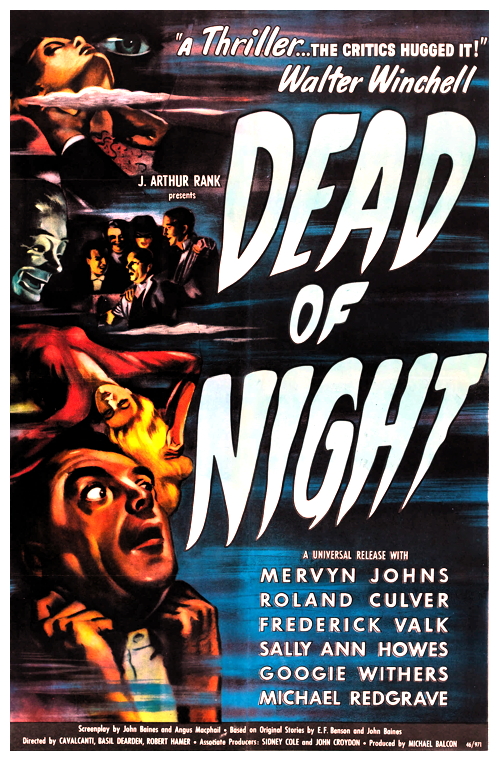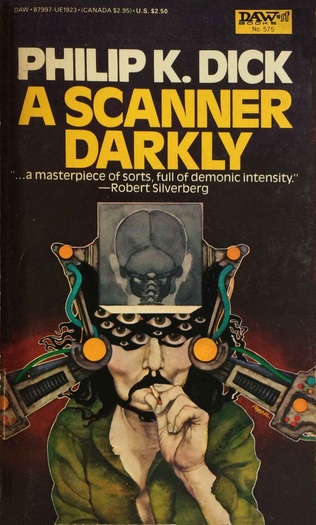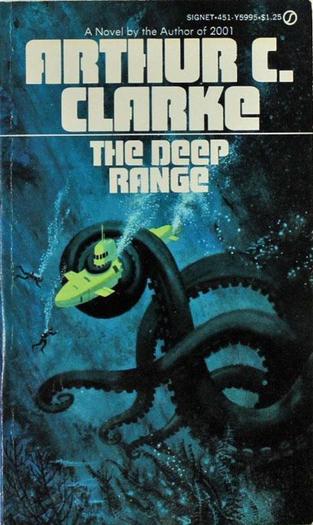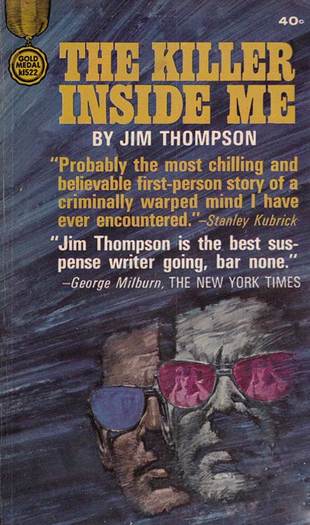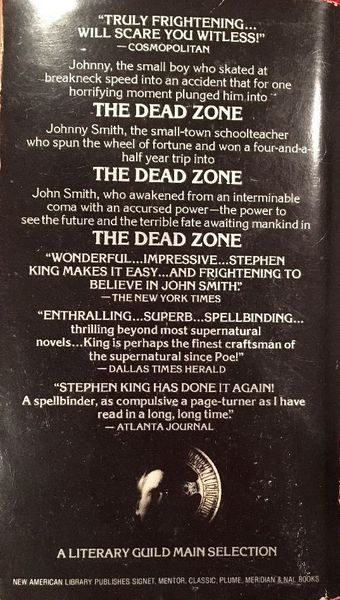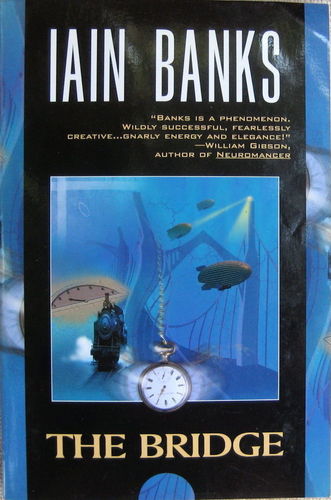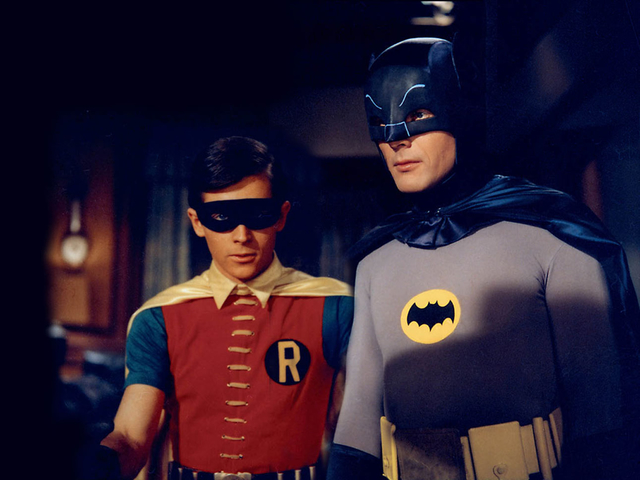Three Fifths of a Great Horror Movie: Dead of Night
Well kiddies, it’s October and we’re now well launched into what John Keats called the season of mists and mellow fruitfulness and AMC calls Monsterfest Month. There’s no reason it can’t be both, is there? The whole point, you see, regardless of whether the weather is misty or not, is to read as many horror stories and watch as many horror movies as you can before midnight on the 31st while still holding onto your job (to say nothing of your marriage or other significant relationships).
The stories are no problem — as Black Gaters in good standing, I’m sure you all have shelves that are sagging under the weight of countless horror anthologies, so chilling choices abound. The movies pose a different problem, however. While you can read a good story in twenty or thirty minutes, a movie requires a commitment of an hour and a half or more. So at this overbusy time of year, why not increase your fright efficiency and watch a movie that gives you three, four, or five stories in one sitting?
Horror anthology movies used to be quite common. American International Pictures did some in the early sixties featuring Vincent Price (of course — I think AIP must have had the poor man chained in the basement) — 1962’s Tales of Terror (Poe stories, because studios like nothing so much as an out of copyright author) and 1963’s Twice Told Tales (this time Nathaniel Hawthorne was the writer receiving no royalties), and Amicus Productions (a kind of poor man’s Hammer, if you can imagine such a thing) specialized in them in the late sixties and early seventies, cranking out Dr. Terror’s House of Horrors (1965), Torture Garden (1967), The House that Dripped Blood (1970), Tales from the Crypt (1972), Asylum (1972), and The Vault of Horror (1973). You don’t see this kind of film so much anymore, though their memory is kept alive by the umpteenth yearly iteration of The Simpson’s Treehouse of Horror.
